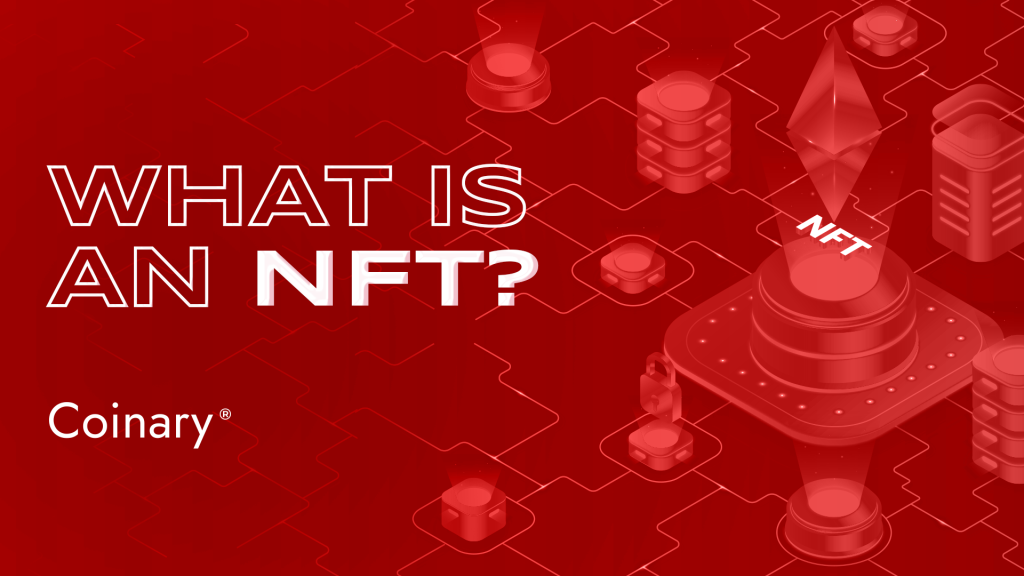Built with a diverse set of use cases in mind that extend beyond the realm of digital art. In this article, we’ll tell you everything you need to know about the functionality of an NFT and what they are actually capable of.
The digital art and collectibles world is currently being taken by NFTs, and there’s a good reason for this. NFTs are now seen as the digital solution to collectibles, just as we thought of Bitcoins in the early days as the digital alternative to traditional finance. Because of this, digital artists and their audience are seeing their lives change because of the massive adoption in the crypto sphere.
From the beginning, It has been hard to prove ownership of an asset in the digital world. The vast space of the internet makes it difficult to prove property rights. But with the introduction of NFTs, it is possible to prove ownership, and it is easy and safe to do so.
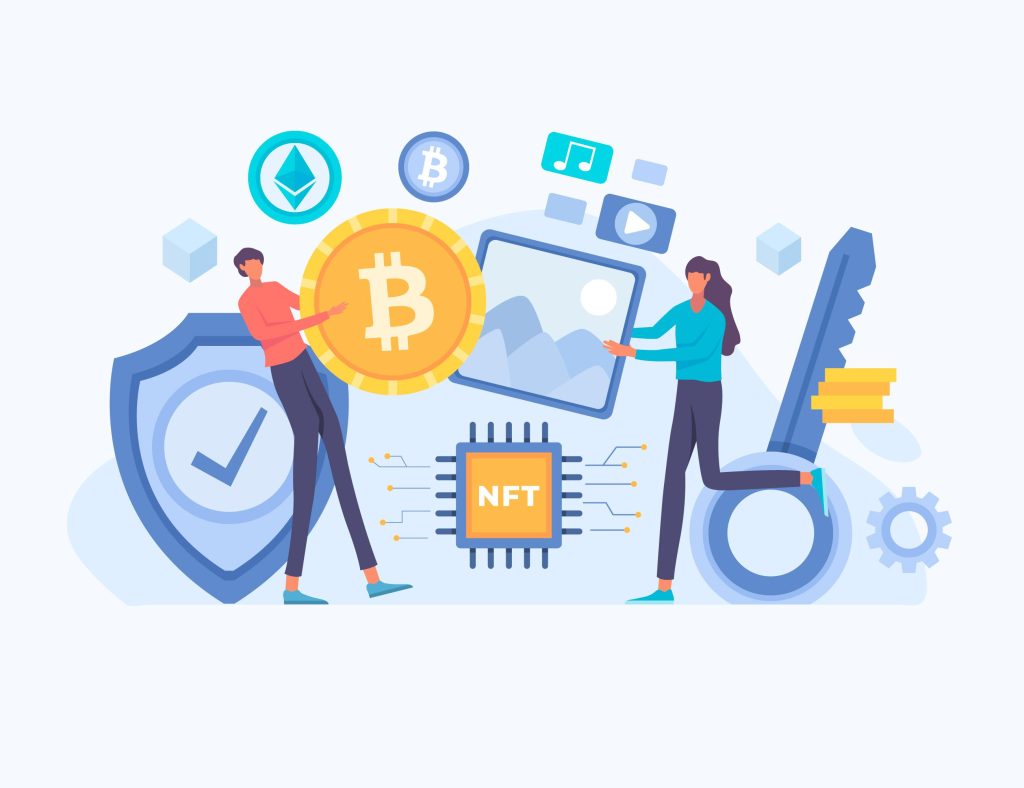

It all started with a project called Quantum. Kevin McCoy created in mid-2014. He’s the one who has the credit for the first NFT, or perhaps rather the first non-fungible token attempt. This is pre-ethereum, and a year later Spells of Genesis was born as the first blockchain-based game. This game was not quite the N F T we know today, but it had the concept of non fungibility, already idealized with great success.
But before we go into the depths of this article, let’s review a fundamental concept to understand what’s NFTs are all about. Let’s talk about fungibility.
What is fungibility?
The term N F T stands for non-fungible token, and with them, we have the opportunity to bring these unique and irreplaceable features closer to the digital world. NFTs came to fill the void that the bitcoin revolution was unable to fill.
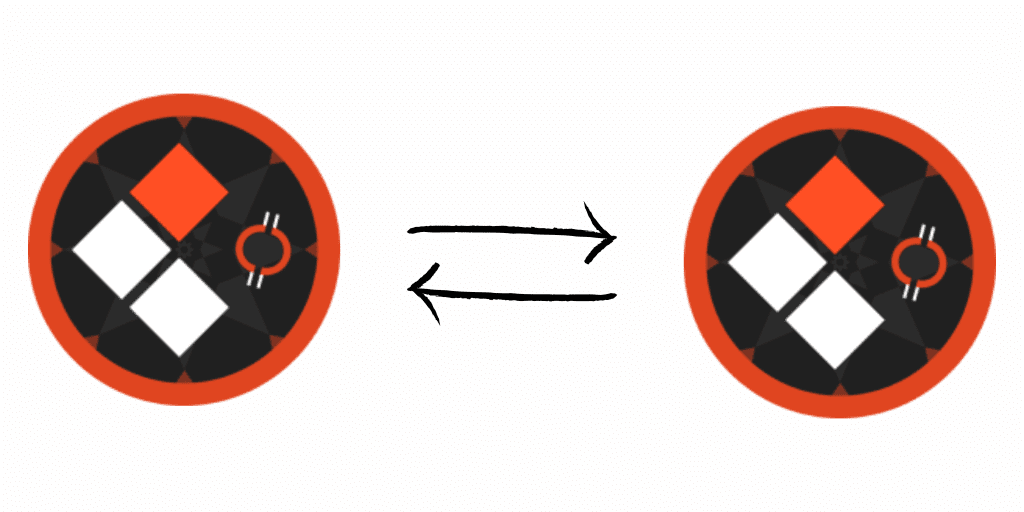

The first term that appears is fungibility, and it is around this concept that everything revolves. Cryptocurrencies, like fiat money, are fungible because they can be exchanged for another in equal value. For example, 1 Coinary token can be exchanged for another CYT and its value would be the same as its purpose. This means that fungibility refers to something that is defined by its value beyond its unique properties.
With Non-fungible tokens, the paradigm changes by making no single token equal to another. Each NFT represents something unrepeatable such as your phone, a fine art painting or a concert ticket in real life.
What’s a Non-Fungible Token?
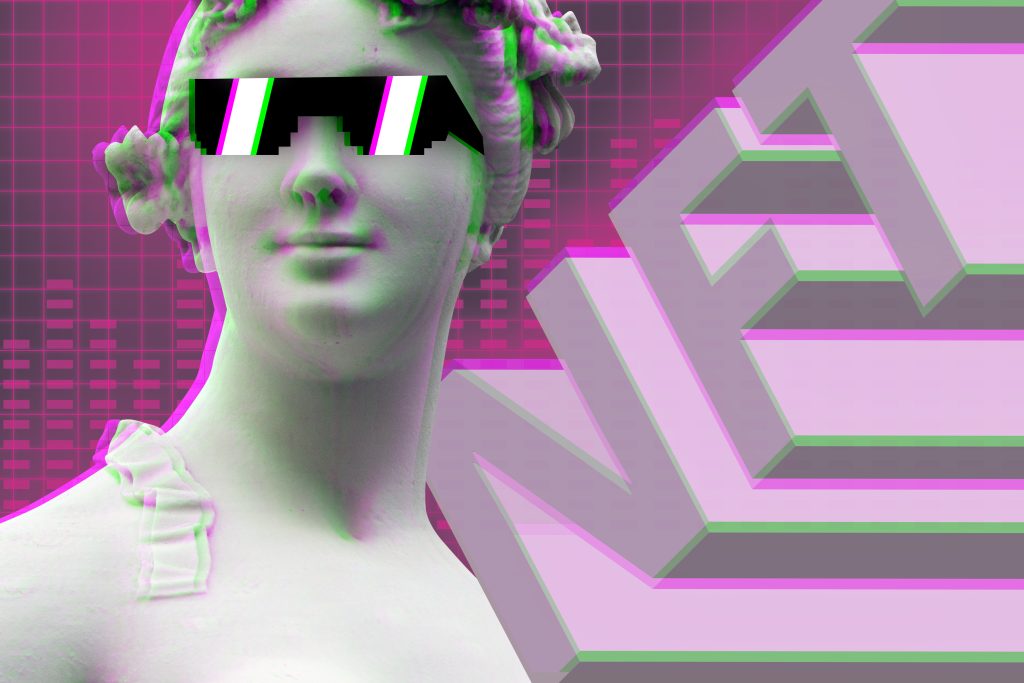

NFTs are a suitable representation of ownership of unique items. They let us turn things like music, collectibles, and even assets in game into tokens. Ownership of an asset is kept safe by a blockchain, the most commonly used being the Ethereum protocol. With the use of smart contract for this, there is no way to change the record of who owns the asset, nor the properties of the asset itself, so there is less chance of fraud.
Even more important, NFT have a unique identifier in their metadata that allows them to be differentiated from each other. They can represent ownership in almost anything, and this is what really makes them awesome.
How does an NFT work?
An NFT is created, or “minted” and associated to an address, just like any other crypto-token. Thanks to blockchain technology, it’s easier to verify true ownership.
Several protocols exist nowadays to mint an NFT. The most popular and one of the precursors of the topic being Ethereum, as we mentioned previously. The ERC-721 standard is the basis for all other standards, with one of the biggest downsides being the gas fee. From there, many blockchains created their own standards.
On the other hand, we have the ERC-1155 standard that makes a big difference compared to its predecessor. It allows a single contract to contain the best of both non-fungible and fungible token, which opens up a whole new world of possibilities.
What are the use cases of an NFT?
A lot of the current market for NFTs focus on collectibles, such as sports cards, and rare items. Non-fungible tokens can represent every type of asset you can think of, including digital artwork, in-game assets, real estate, and anything else ownership can improve.
From domain names to avatars and even concert tickets, NFTs remove intermediaries and connect artist with their direct audience, creating a complete new market for and by the people. Thanks to the possibilities brought by non-fungible token, Jack Dorsey’s first tweet was tokenized and sold for more than $2 million! Here are some of the most interesting ways to use NFTs:
Artwork and Music
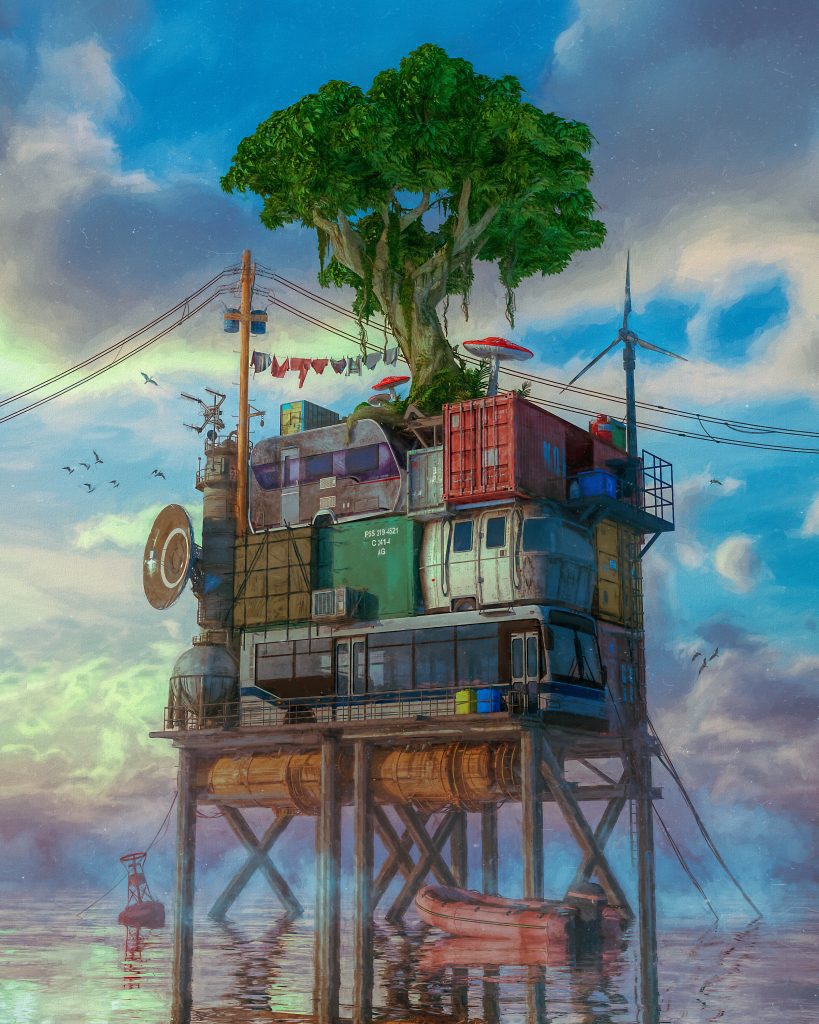

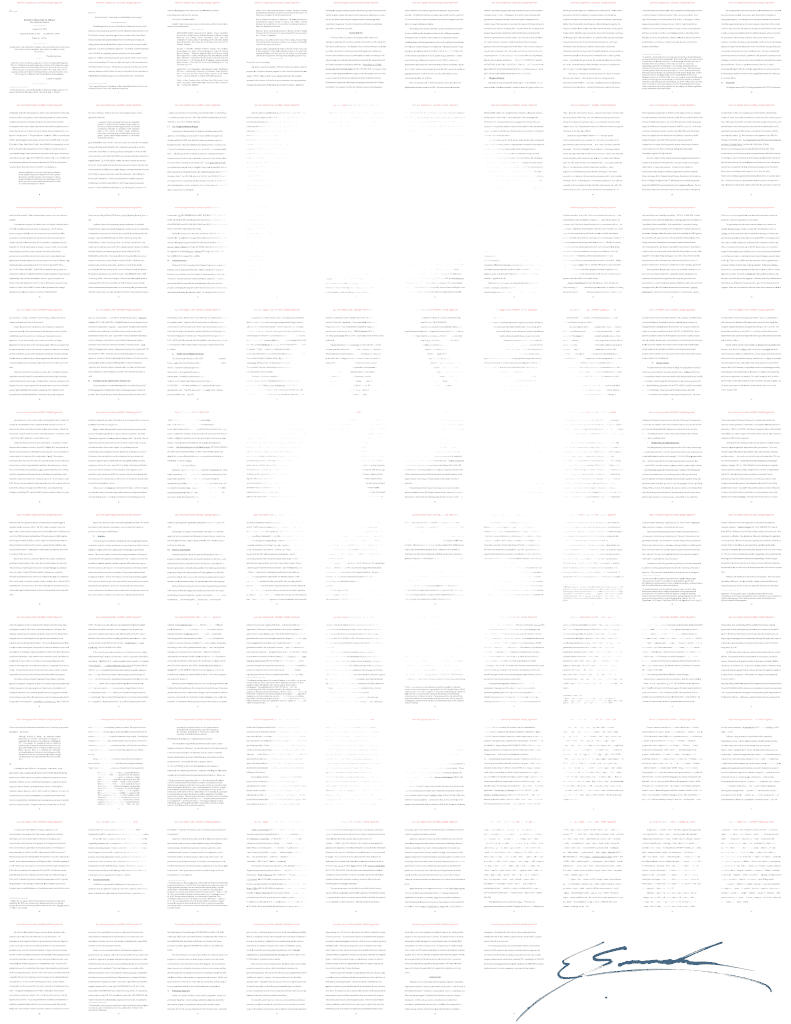



Nowadays, NFTs are becoming more and more popular as a way to buy and sell digital artwork. Thanks to NFTs, you can now buy online a piece of digital artwork for a fair price and get a unique digital token that shows you own the digital content. At some point, the NFT market was worth more than the global fine-art market, and it is just the beginning.
With blockchain technology and NFTs, artists and content creators can make money from their work in a unique way. Artists are no longer dependent on third-party platforms to sell their art, which means they won’t have to give up a cut of their to platforms. Instead, the artist can sell the artwork directly to the consumer as a non-fungible token, which also allows them to keep more of the profits. Even some of the most famous people in the world are jumping on the NFT train.
N F T – Collectibles


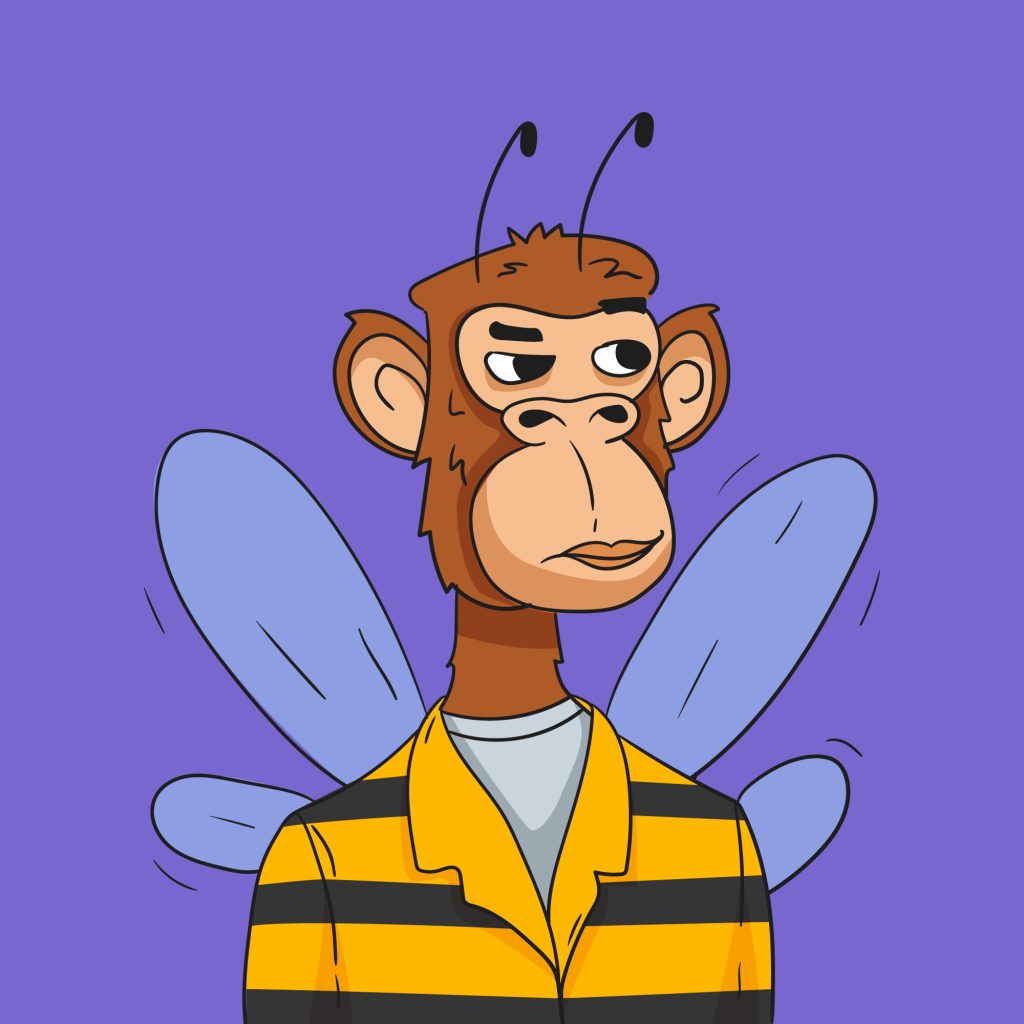

Humans innately like collections. Some people collect stamps, others like to collect baseball cards. But in the last few decades, this art of collecting has drastically evolved.
Although today more than ever we exchange collectible items such as panini football cards, now most collectors have migrated to the digital world and in it, they have found a loyal ally alongside NFTs. A digital collectible must be unique and irreplicable, as it’s the nature of NFTs what makes them a perfect match.
This widens the view and allows differentiating the rarity of a piece. For example, a shirt signed by Messi, a card that is difficult to find in Magic the Gathering or even a traditional money coin that has a manufacturing error, increasing its value due to its rarity. But NFTs has taken the concept of rarity to a whole new level. You can start collecting NFT dragons in Dragonary. Each of those dragons has unique abilities and different levels of rarity, and you can use them to play in the most competitive blockchain-based game.
Gaming Industry
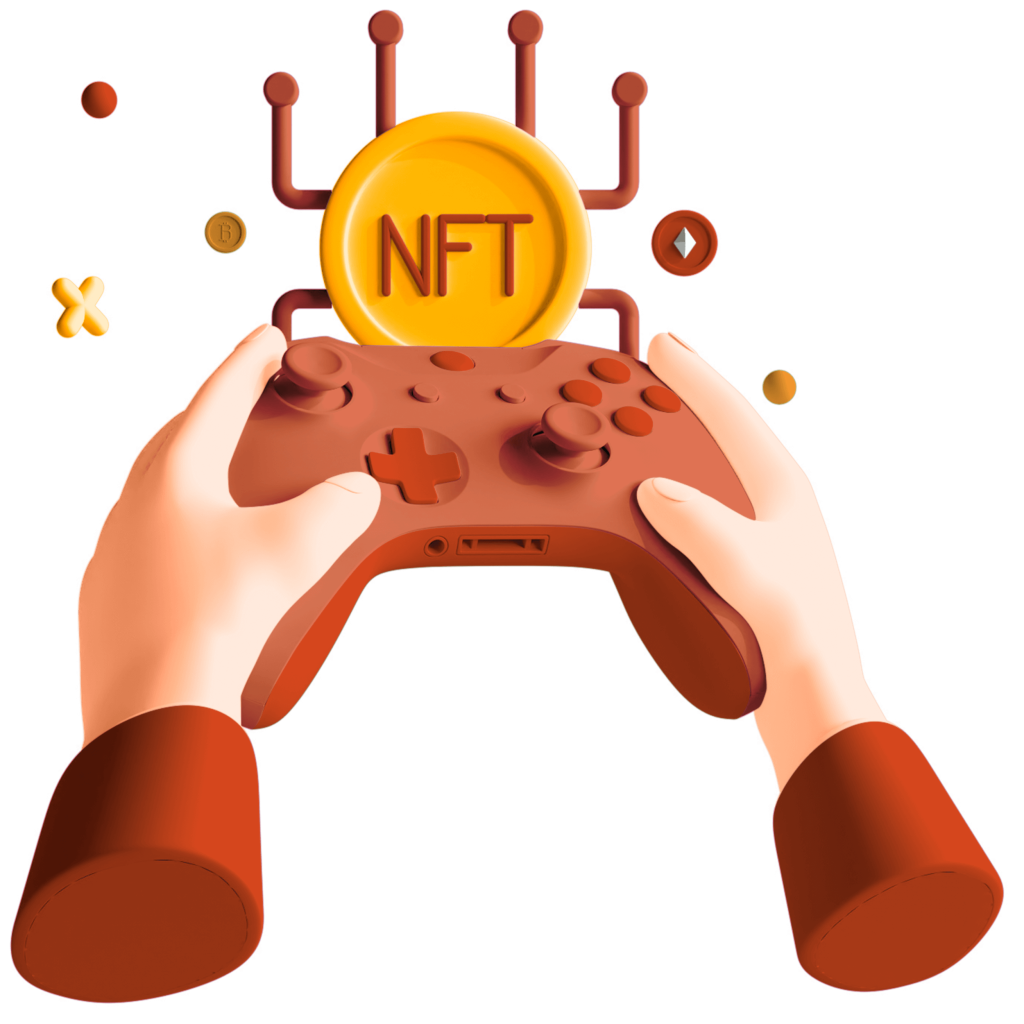

The video game industry is where it has been most popular, changing the paradigm of the traditional industry has aroused considerable interest from developers around the world. NFTs provide many benefits to players. In any regular game, such as Fortnite, Valor or even Call of Duty, it follows the traditional gaming model where all the weapons, skins, or upgrades you pay for live and die within your account. When you no longer want those items because perhaps you have better ones now or because you want to acquire a new one, reality hits you. You can’t do anything with them besides use them in the game, and that’s the soul of what an NFT game is trying to overcome.
The momentum may not have been as good as three years after Axiom Zen announced the release of Cryptokitties. A virtual game based on the Ethereum blockchain where players could adopt, breed and trade virtual cats, storing them in their web3 wallets. This changed everything. For the video game industry, it was a before and after. The game became an instant sensation, to the point that it clogged the Ethereum network.
The development of games based on the Blockchain gained steam after the success of CryptoKitties. This caught the attention of people in the crypto world and big companies, who started to invest in believing in a new entertainment options that would benefit not only the creators, but their users as well.
We now have blockchain-based games, as Dragonary, which are delivering rewards to players since day one. At Coinary, we are creating a universe of games partially owned and operated by its players. It is now with Play to Earn model, players receive rewards for spending time in the game making a real-world profit, taking a new step in the blockchain revolution.
Is there a Real value behind NFTs?
The short answer is: YES!
NFTs are the next step in the blockchain concept. Prepared to overcome any barrier and take us to a new technological level.
We need to differentiate when we talk about collectible and ownership. Let’s go back to the example where Messi signs your Barcelona FC shirt. Buying a shirt doesn’t mean you own the club nor having his signature means you’ll own his merchandise, his royalties, salary, etc. The same thing happens in the digital world.
Some games allow, through distribution and governance tokens, the consensual voting of their users for the largest decision-making.
NFTs only have a relationship with the assets linked to them, seeing them as a separate entity from any content they contain. Ownership of an NFT does not transfer the intellectual property or rights to use that original work to you.
What is the downside of NFTs?
Although they bring many benefits to users throughout the digital environment, they leave a significant carbon footprint. This is one of the main arguments why NFTs are thought to be bad. Because the energy required to maintain the proof-of-work consensus network that validates transactions is sky-high. However, the Ethereum network completed the merge very recently and with it the energy needs of the network decreased by 95%!


It is important to keep perspective when criticizing. Anything that works, consumes energy and leaves a carbon footprint is more harmful than something that doesn’t exist. We must create with awareness without staying in the past. For example, in the pre-merge days, the Ethereum network consumed almost the same amount of energy that YouTube currently has. Even though google aims for 0% carbon footprint by 2030, it is surely something to think about.
Besides, today there are ecological alternatives with their own versions of proof of stake that leave a minimal carbon footprint. Embracing the future in a greener way
The Future of NFTs


NFTs are currently in their earliest stages, and it’s hard to say where NFTs will go. With all the buzz around crypto the fear uncertain and doubt are more tangible than ever but we remain strong because we will still be here when everything goes back up.
Although there are still many people who are skeptical about the future of NFTs, claiming that they are a passing fad. From Coinary’s perspective, we see the infinite possibilities of applying this technology in daily life. And we want to bring you the tools to do it safely.
Likewise, given how young this is, it is impossible to know what will happen tomorrow. But if we compare the boom that bitcoin had to its ten years of creation, we can expect a very bright near future for NFTs. A future where we can improve the foundations of this groundbreaking technology and implement true ownership everywhere.


